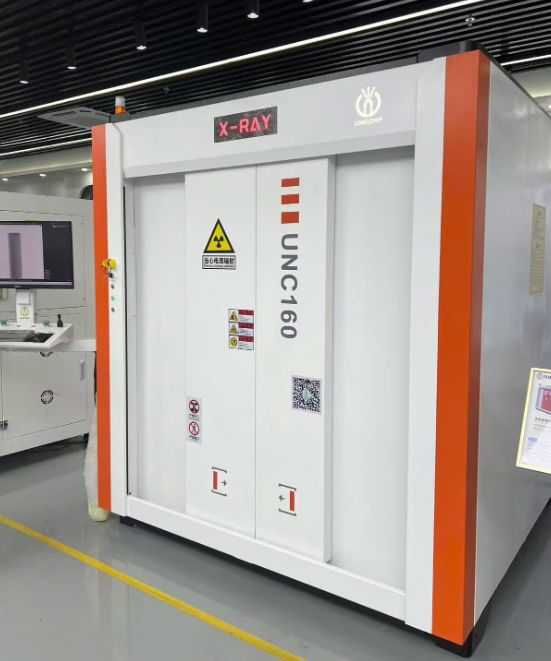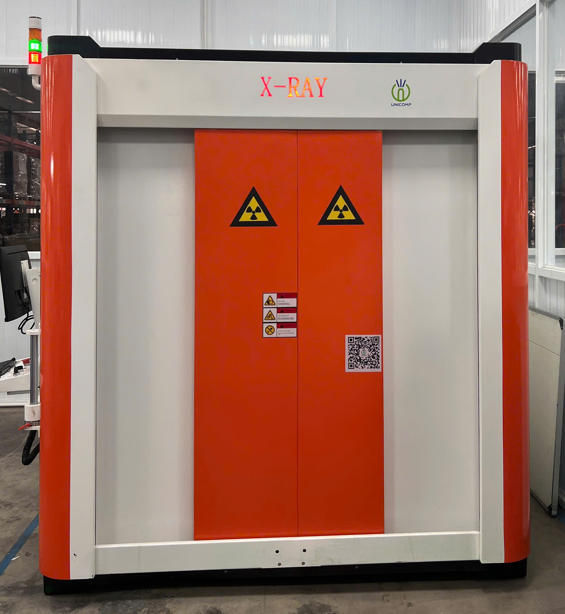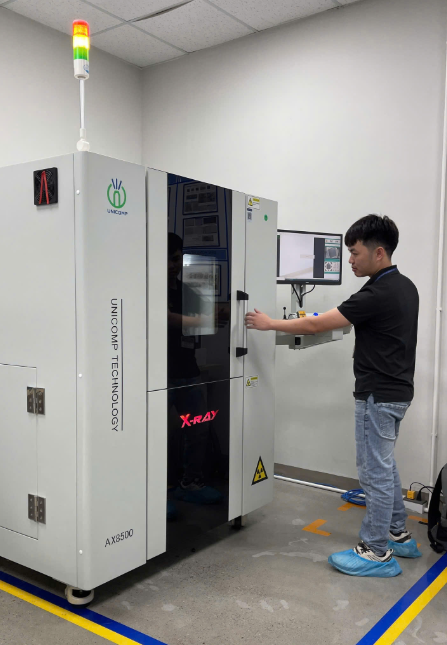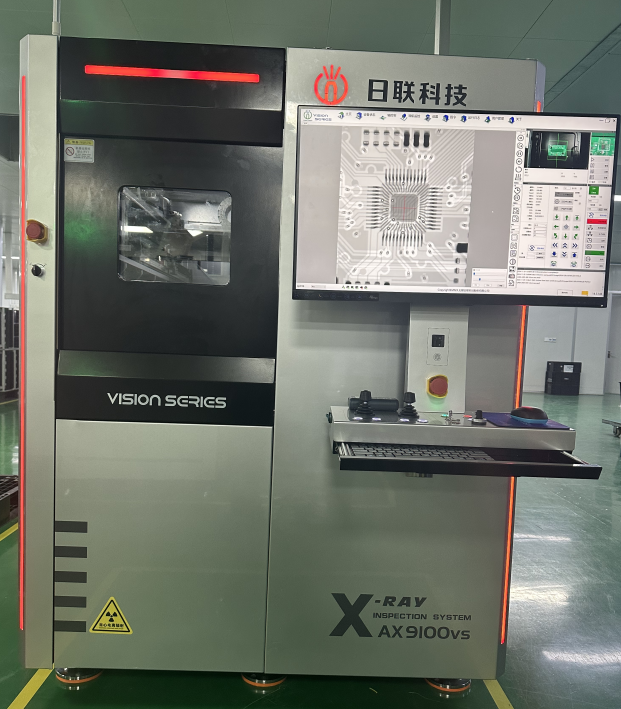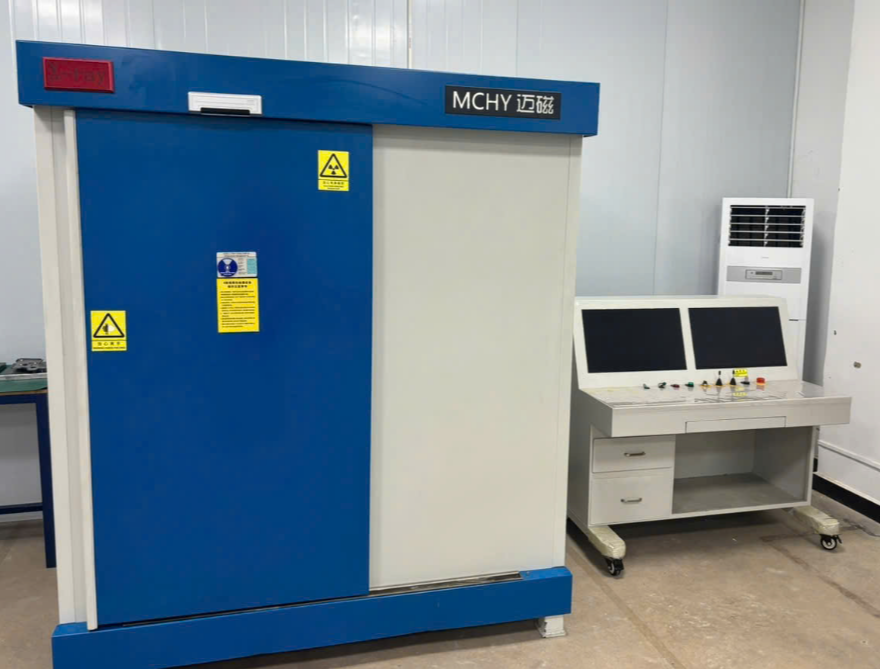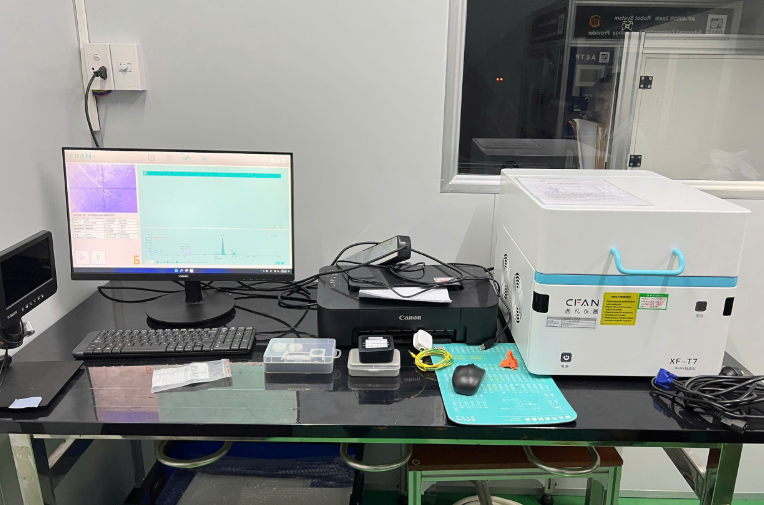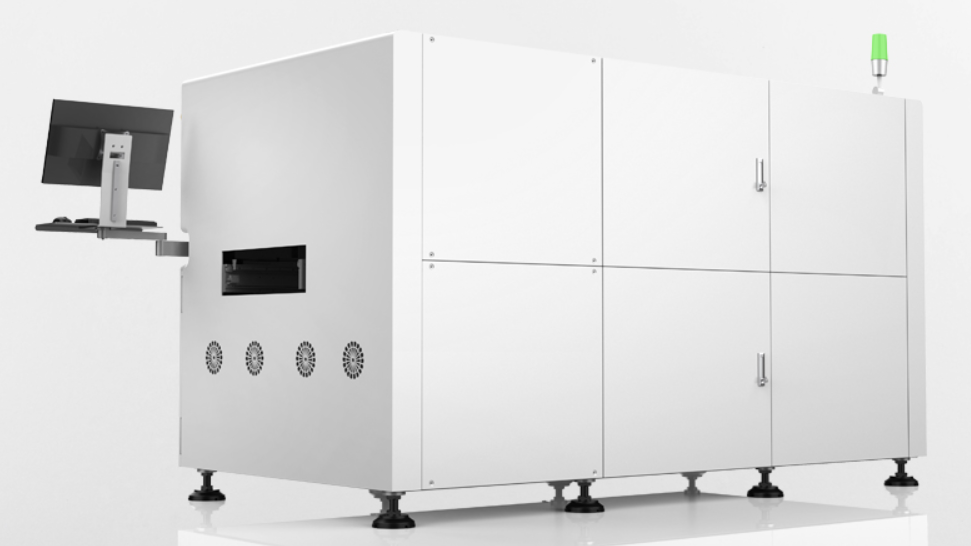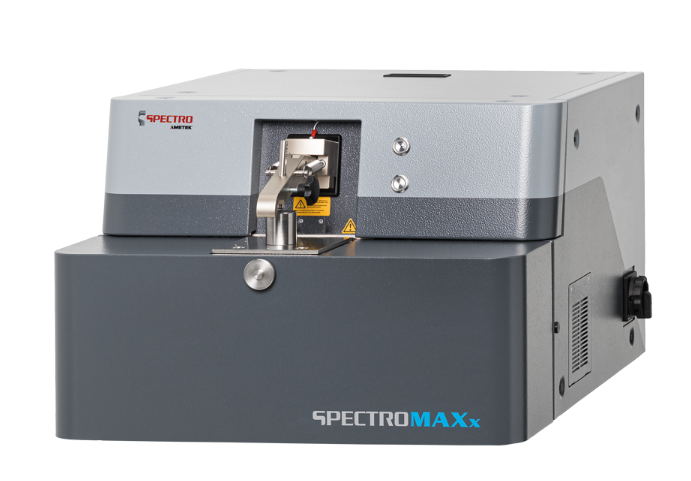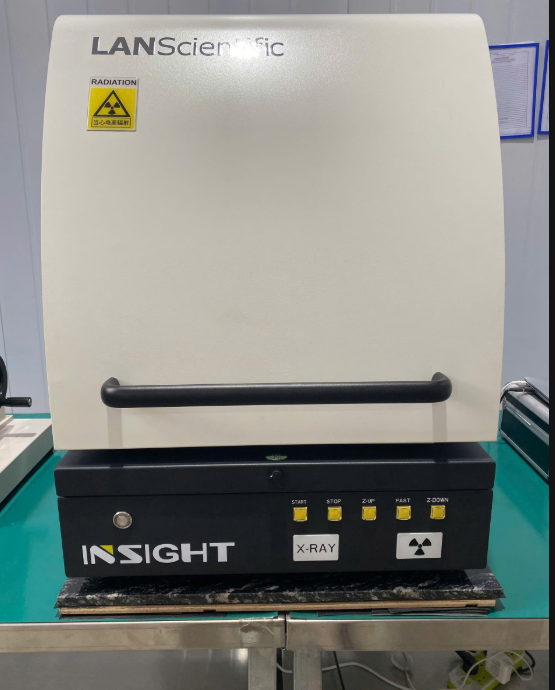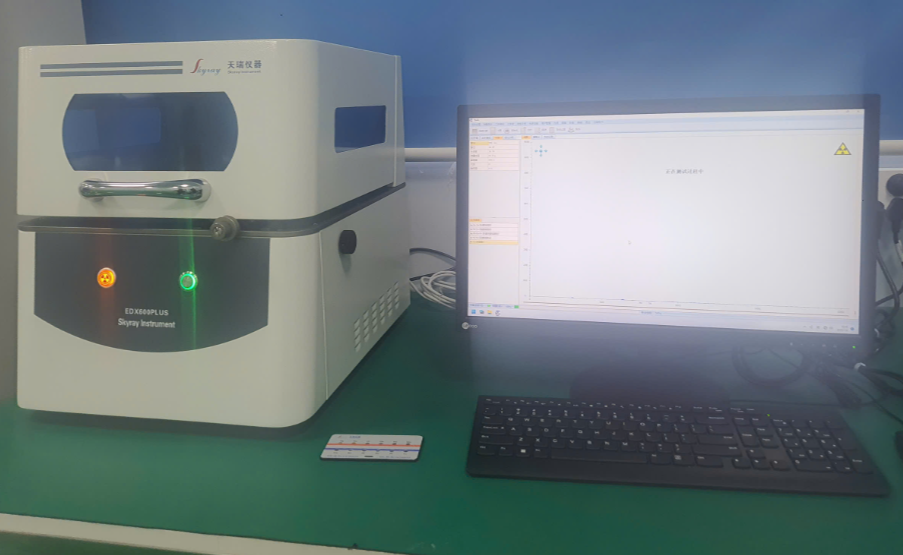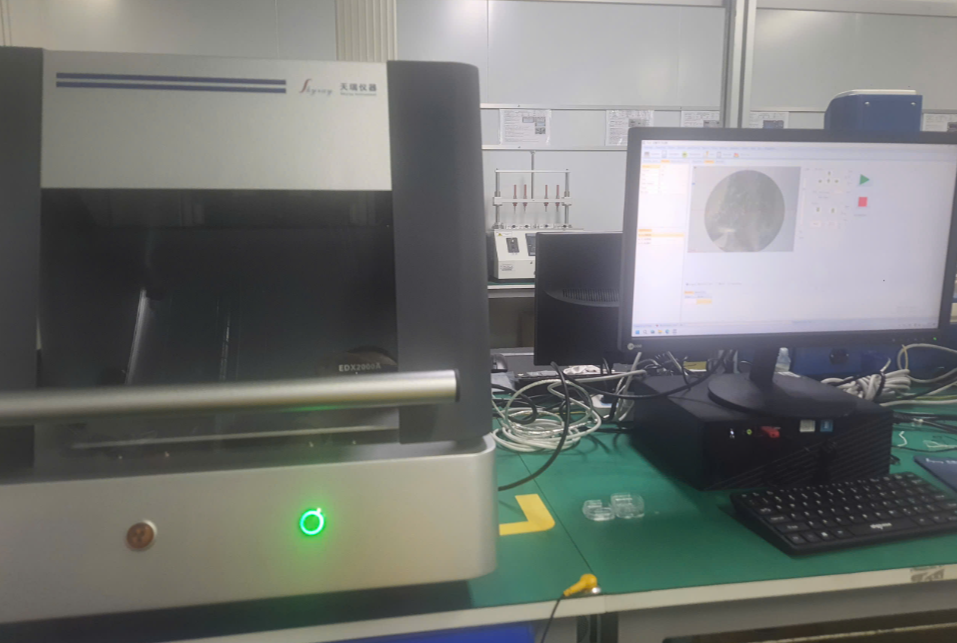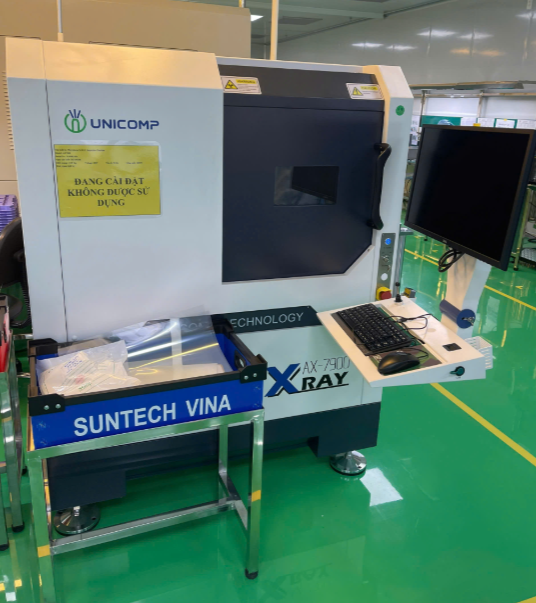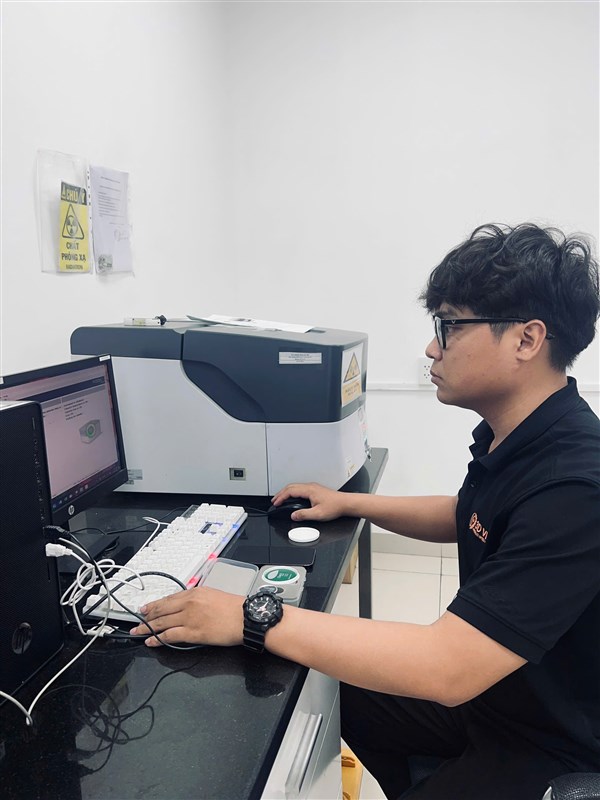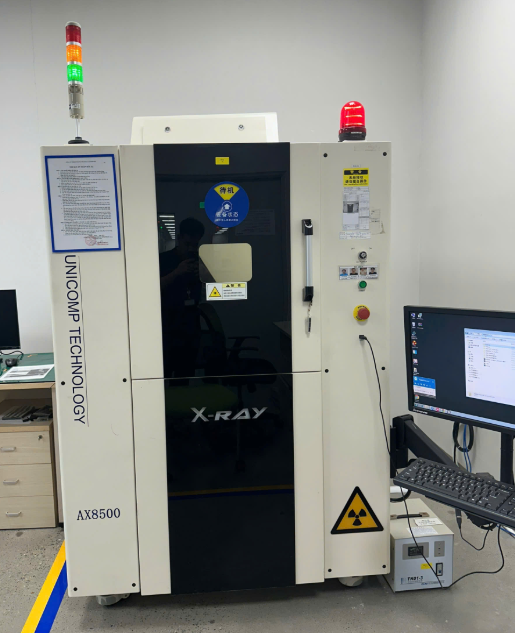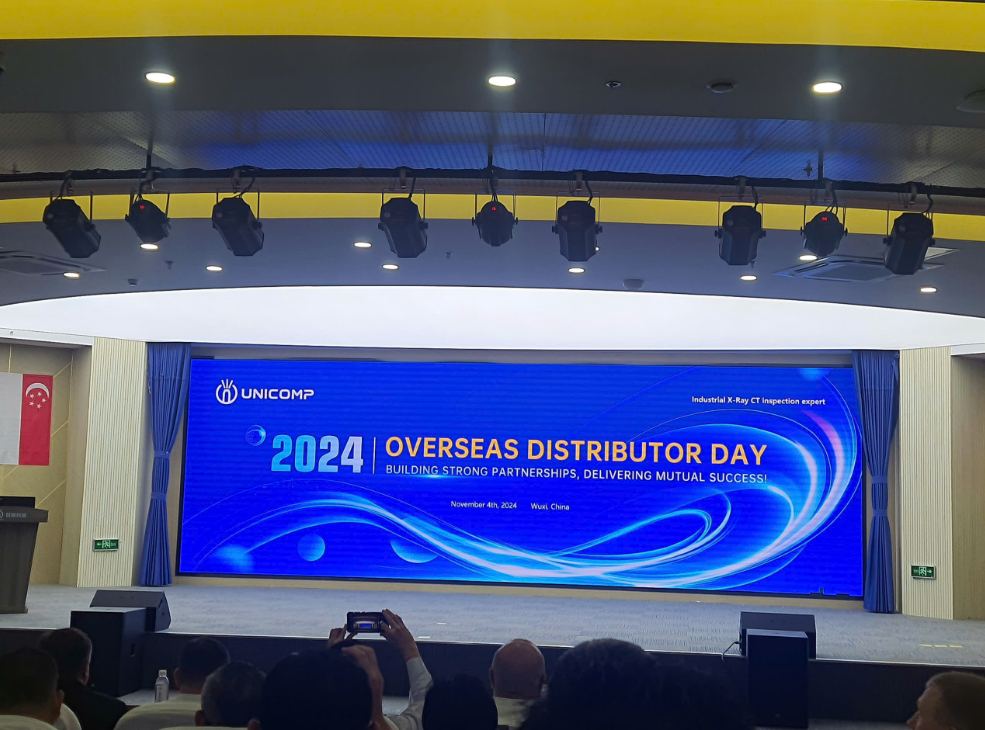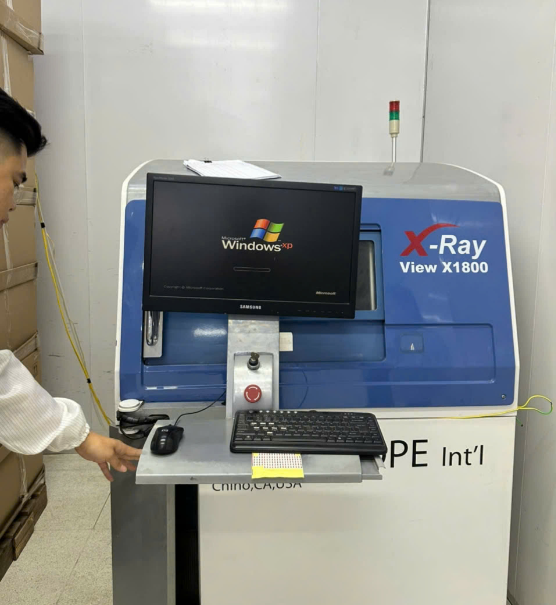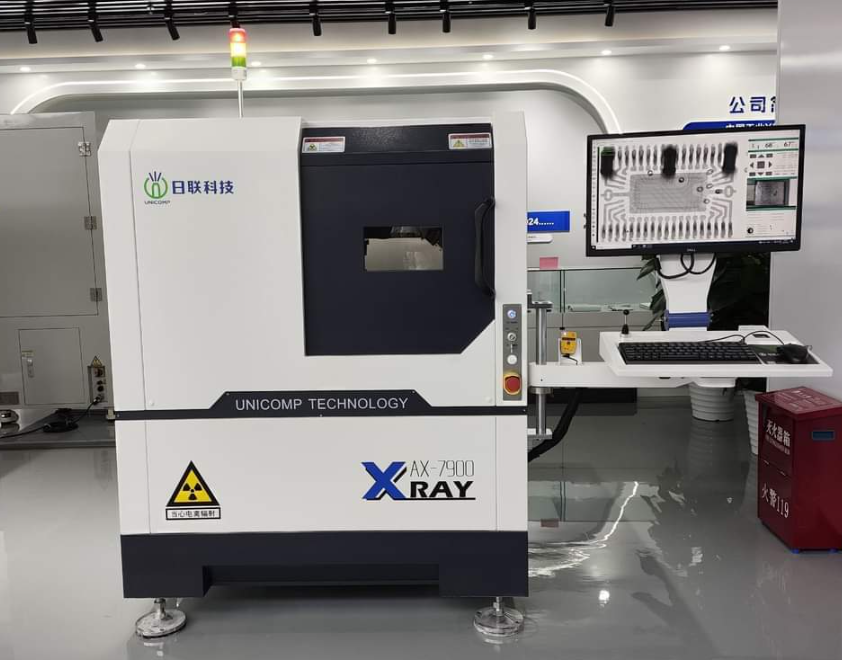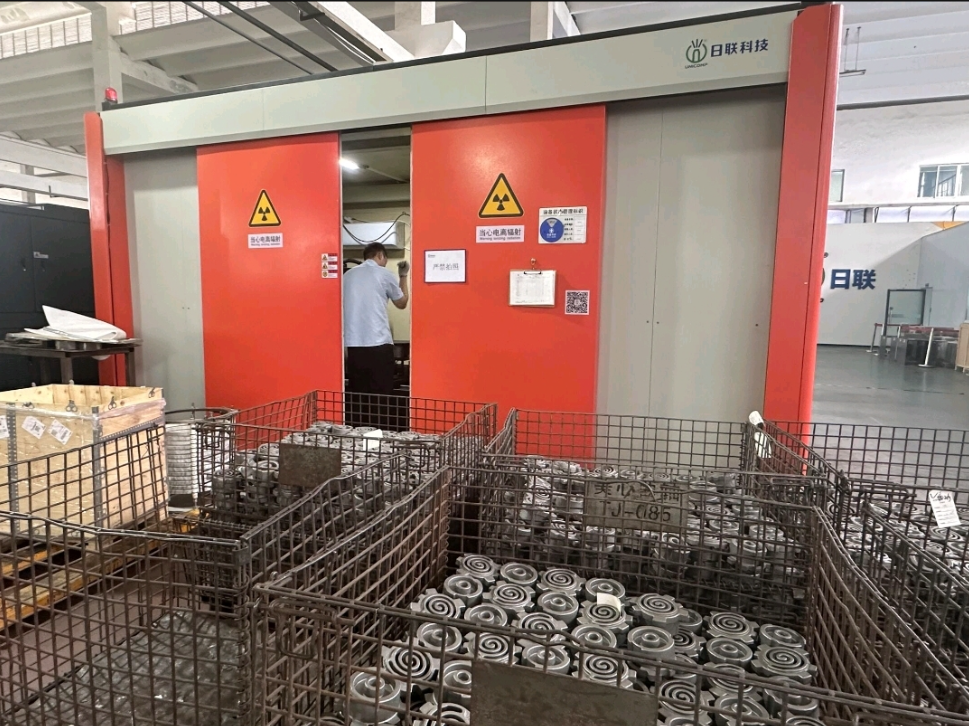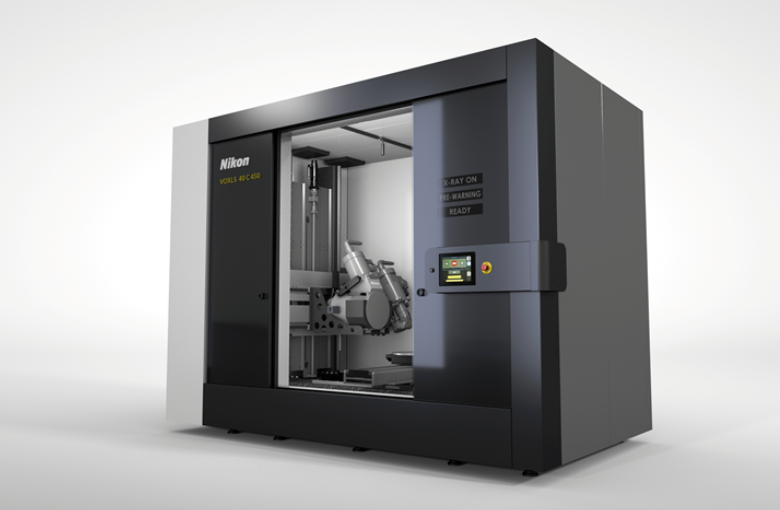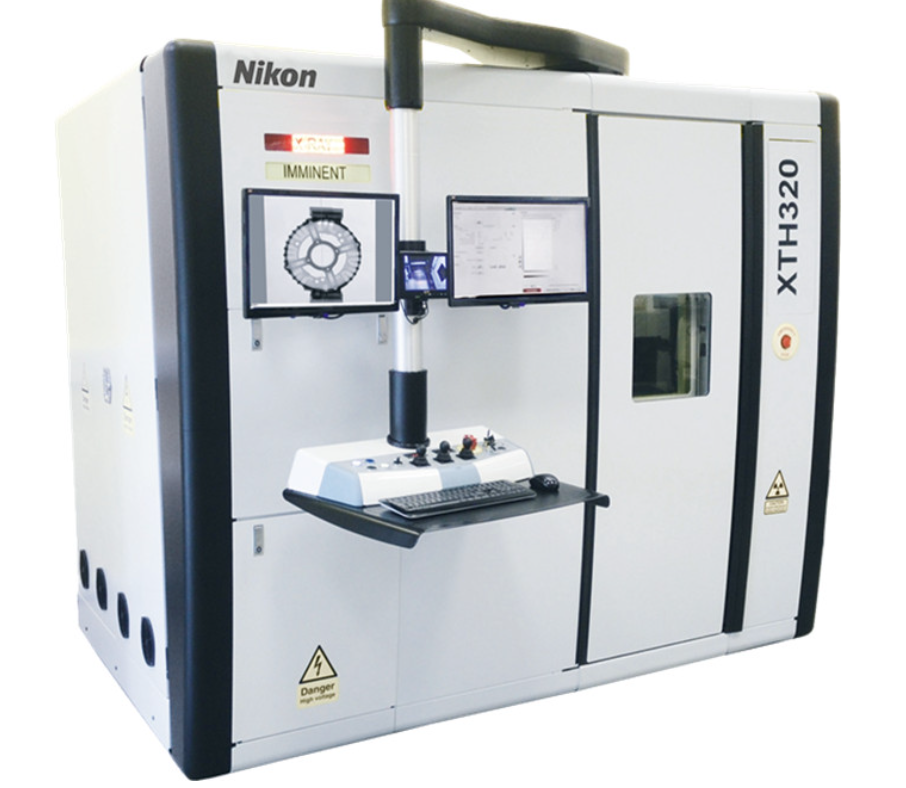Neutron radiography is a nondestructive imaging method that reveals the internal structure of a sample by subjecting it to a neutron beam. Also known as neutron imaging or neutron tomography, neutron radiography can help manufacturers in a variety of industries — including aerospace and defense — design better, more efficient, and safer products, in addition to providing an invaluable resource for quality assurance and failure analysis.
Nondestructive Testing v Destructive Testing
The main distinction between nondestructive testing and destructive testing is that nondestructive testing maintains the integrity and usability of the component.
Destructive testing results in either the component’s dismantlement or a change to the material’s physical and mechanical properties, rendering it unusable. For that reason, destructive tests are performed on small sample batches of the component. The downside to this approach? Flawed material may not be part of the chosen sample set, and can thus escape detection.
With nondestructive testing, all items in a batch can be tested — and not just a small, random set of samples. As a result, manufacturers of critical components can rest assured that they’ve done everything they can to ensure that all products leaving their facilities are safe and effective.
Types of Nondestructive Testing: X-rays v N-rays
Whether a radiographic test can create a useful image of a part’s interior depends on how the radiation interacts with the materials. The lighter a material, for example, the easier it is for X-rays to penetrate it. The denser a material, the more difficult it is for X-rays to penetrate it. This is why the X-rays you receive in a hospital or dental clinic pass through your flesh but not your bones, teeth, or any metal implants in your body.
The opposite is true when it comes to radiography using neutron radiation, or N-rays. N-rays can pass through dense material more easily than light material, making neutron radiography the better option when it comes to imaging items with dense outer shells and casings.
X-ray radiography is more common than N-ray radiography due to the ubiquity of and easy access to X-ray sources. However, as mentioned above, it has its disadvantages.
The Best of Both Worlds – Fusing X-ray & Neutron Radiography
X-ray radiography and neutron radiography are complementary, rather than competing NDT techniques. Since the two interact with materials in such different ways, both techniques can provide unique insights into a sample object’s composition and internal structure.
Fusing data from X-ray and neutron radiography is especially beneficial for understanding the inner workings of large, complex components. While neutron radiography has existed for decades, the practice of synthesizing neutron and X-ray images is woefully underexplored. After all, the average radiography facility has the capability for X-ray radiographs, but not neutron capabilities; likewise, the average reactor facility with neutron capabilities does not have X-ray capabilities.
There are many applications in the nondestructive testing industry that neutron radiography is well suited for. Since neutrons can penetrate high-density material in a way that X-rays cannot, neutrons are widely used for critical aerospace components with thick outer shells, such as turbine blades and energetic fuses, which are difficult to inspect using X-ray radiography. N-rays can also be used to detect water and moisture within components, as well as archaeological specimens encapsulated in material that X-ray radiography cannot penetrate.
X-ray/N-ray Image Comparison
The manufacturing of jet engine turbine blades is one particular industrial niche for neutron radiography. Turbine blades are cast around ceramic molds which form cooling channels that prevent the blades from melting when exposed to the high temperatures of their operating environments. In manufacturing, fragments of ceramic can clog these cooling channels. A blade with clogged cooling channels could break or even melt while in operation, so such flaws must be rooted out with 100% certainty.

The X-ray image (left) cannot clearly depict the cooling channels in a batch of blades; however, the channels show up much clearer in a neutron image of the same batch (right).
Providing Reliable High-Quality NDT of Mission-Critical Components
Phoenix LLC, an industry leader in neutron imaging for nondestructive testing, recently announced an agreement with Pacific Scientific Energetic Materials Company (PacSci EMC), one of the largest manufacturers of pyrotechnic and energetic products in the U.S. The partnership not only grows Phoenix’s overall imaging volume, but it has the potential to extend the company’s services to the west coast, modernizing and strengthening the supply chain for partners in the defense and aerospace industries.
PacSci EMC’s products ensure the proper initiation, sequencing and functioning of aircraft safety systems, including emergency escape systems for catastrophic events – all of which require neutron inspection for quality assurance. “Partnering with Phoenix means we will have a reliable source for neutron imaging now and into the future as Phoenix expands its facilities to the West Coast,” said Corey Christmann, President of PacSci EMC.
The agreement secures a long-term partnership focused on increasing neutron imaging service capacity and availability for PacSci EMC and its customer base, reinforcing Phoenix as the premier supplier of neutron imaging services for energetic devices used for a variety of applications in aerospace and defense across the country.
“We are excited to expand our neutron imaging technology and make it more accessible to the customers that need it most,” said Tom D’Orazio, CEO of Phoenix. “Our Phoenix team has proven that our technology can deliver the image quality and reliability to meet the growing needs of our customers, and we are eager to bring our innovative solutions to so many current and future partners.”
The Phoenix Imaging Center in Fitchburg, Wisconsin, is one of the only sites in the world to offer production-scale, high-quality neutron radiography. And it is the only commercial source that can support the market growth by deploying additional facilities with significantly fewer economical and regulatory burdens than aging nuclear research reactors.
“We’re proud to have proven our capabilities at our hub in the Midwest and now are eager to increase our services,” D’Orazio said. “This will not only grow the imaging capacity for the entire industry, but it also really improves the security of the supply chain. Imaging is a critical quality control function, and our partners will be able to supply their customers – including many that are heavily involved with national security – more efficiently than ever before.”


